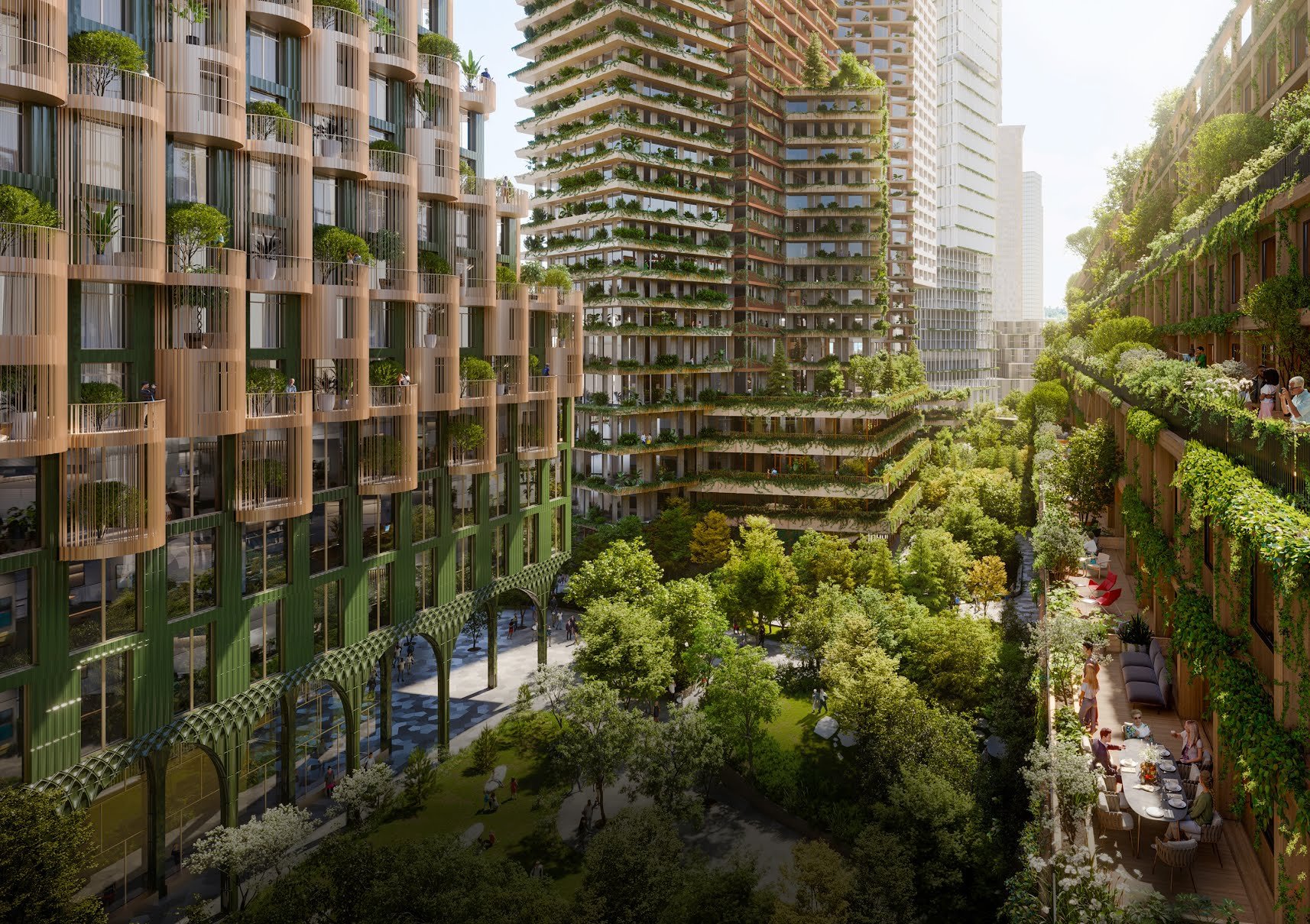Green Cities vs Smart Cities: How Cities Like Toronto Are Shifting Towards Human-focused Sustainability
In the fight against climate change, increasingly more cities are focusing on sustainability – especially the ones realising the threat of rapid urban spread, greenhouse emissions, and the socio-economic issues faced by their residents as a result of these.
Sustainability is no new concept to cities, and many have been working towards becoming smart cities for years. However, there’s a new sustainable kid on the block (metaphorically speaking), and it’s shying away from the traditional concept of a Smart City. Say hello to the Sustainable City, also referred to as a Green City. According to this definition, sustainable cities embrace the dual goal of climate change and bettering the lives of residents. This city moves away from a traditional smart city's ideology of urban planning that goes hand in hand with technology and systems on an almost exclusive level.
For many years, the "Smart City" has been at the forefront of innovation, which leaves me wondering: are the traditional Smart City’s days numbered, and are Sustainable Cities a more ideal approach? Here's what I discovered.
Smart Cities vs Sustainable Cities
As in any field of knowledge, there's an information overload when researching smart and sustainable cities. For this reason, I find it helpful to simply take it back to basics and understand the definition of each city, and the difference between these two approaches.
Smart Cities
This term is used to refer to the ideology of urban planning that is focused on smart systems. Governments across the world use this ideology to create programmes focused on sustainable development, economic growth and the happiness of their residents.
As previously mentioned, technology and systems are at the core of this approach. In addition, this concept of smart cities is more focused on the means of the approach, as opposed to the result. Think of tools like algorithms, artificial intelligence, infrastructure management and big data; all these things drive what is widely known today as a smart city.
Sustainable Cities
Sustainable cities, on the other hand, are more focused on climate change and the quality of life of their residents. Unlike with smart cities where technology is of importance, sustainable cities look to improve these aspects through sustainable planning, cultural and heritage restoration, and creating green spaces within cities.
Smart cities looking to become sustainable cities: the case of Toronto
According to the MIT Technology Review, the once smart city-orientated Toronto, Canada, announced earlier this year how it plans to become a sustainable city instead. One development plan "reads like a wish list for any passionate urbanist," the Technology Review continues, listing 800 apartments, a two-acre forest, a rooftop farm, an arts venue, and a zero-carbon pledge.
A few years ago, the proposed innovation for this same section of the city was focused on flashy new tech like robo-taxis, heated sidewalks, autonomous garbage collection and even a digital layer that monitors the city –– all very sci-fi sounding in a way! However, due to a combination of privacy concerns from residents and what the city claimed was an "unprecedented economic uncertainty," the project's plug was pulled.
As Karrie Jacobs writes, technology-orientated plans for cities are often focused on what it can do rather than what it should. "If [the failure of the smart city plans for Toronto] has taught us anything, it's that these technologies need to respond better to human needs."
As smart cities continue to evolve, we need to also continue adapting what the concept means to the needs of our citizens. And right now, prioritising sustainability is the only way we can call our cities truly smart.


